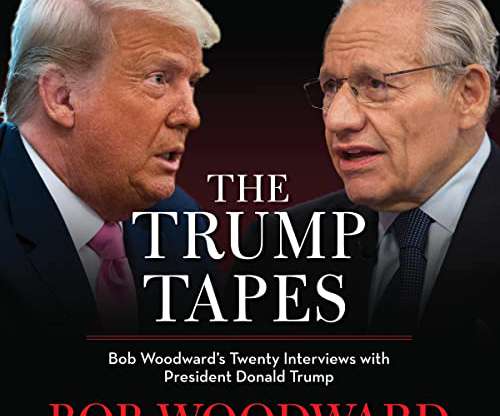Prince, Prince, Prints: Will the Supreme Court Revisit Fair Use?
LexBlog IP
FEBRUARY 28, 2022
In 2017, the Warhol Foundation sued Goldsmith and her agency for a declaratory judgment that the Prince Series works are non-infringing or, in the alternative, that they constitute a fair use of the Prince Photograph. Goldsmith counterclaimed for copyright infringement.











Let's personalize your content